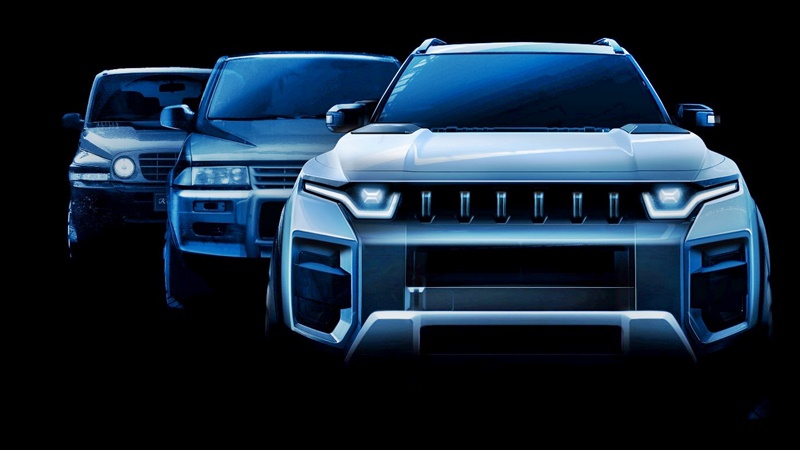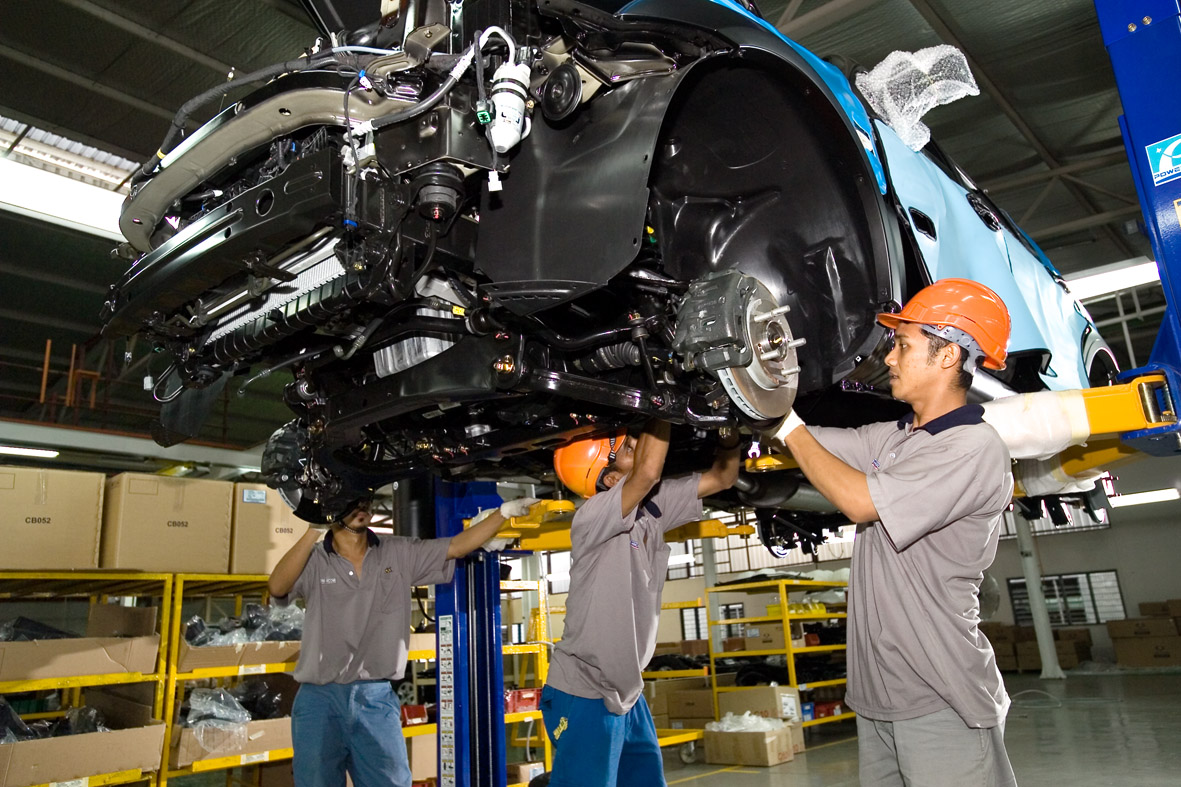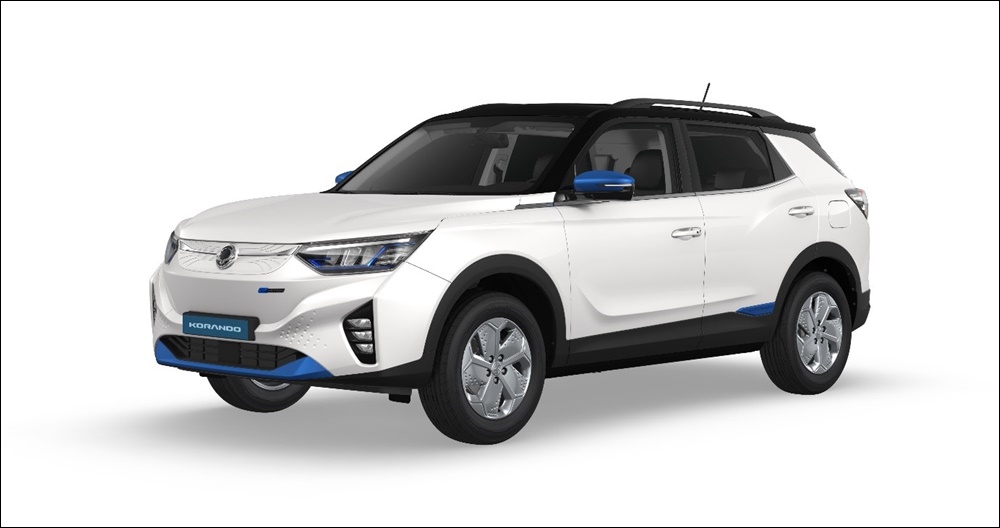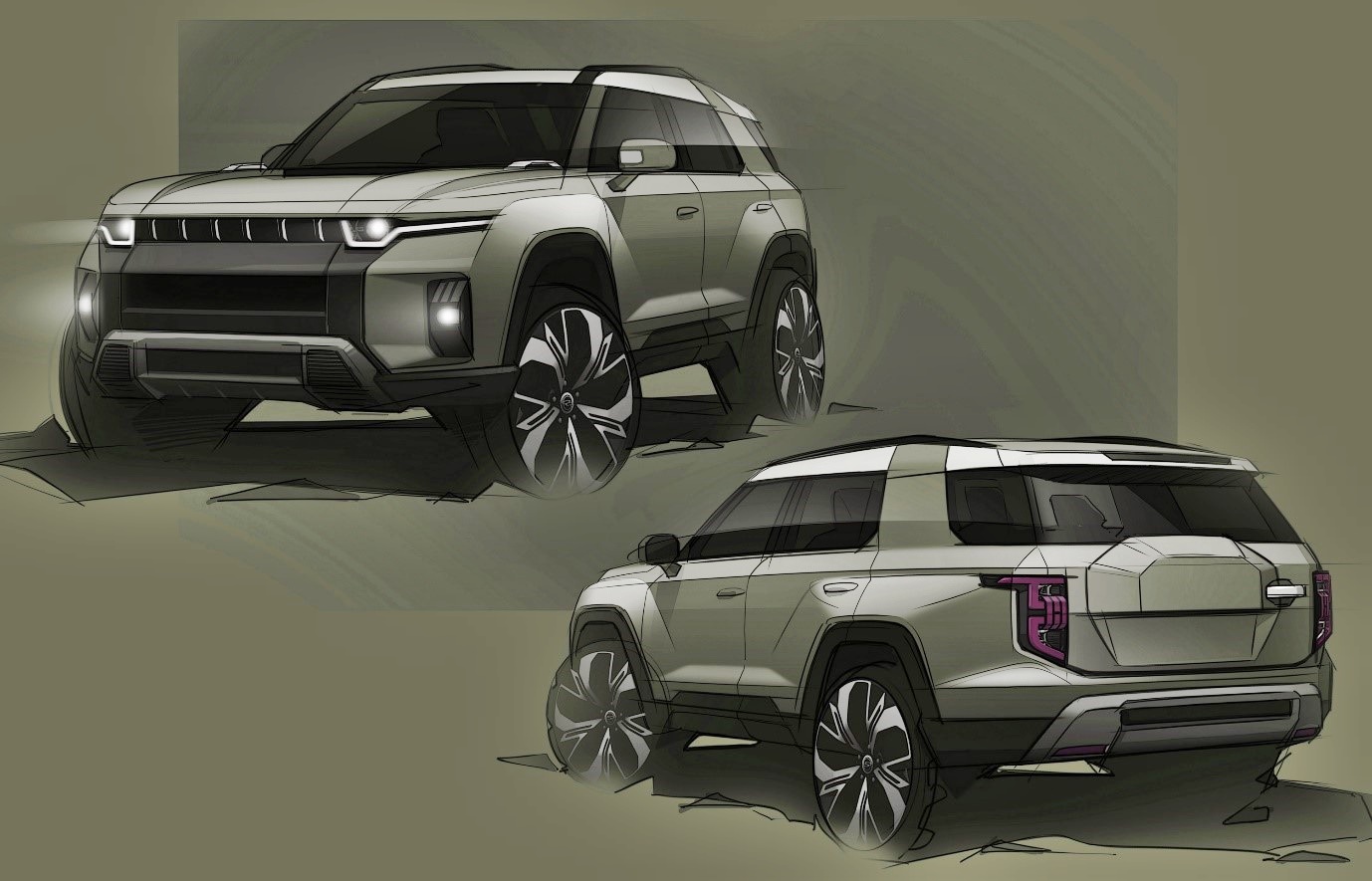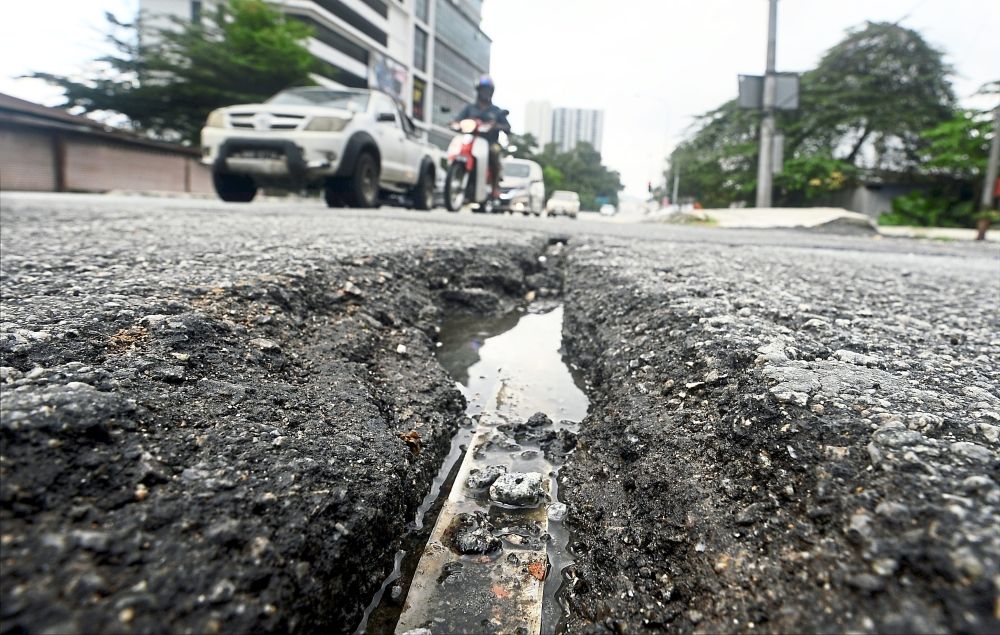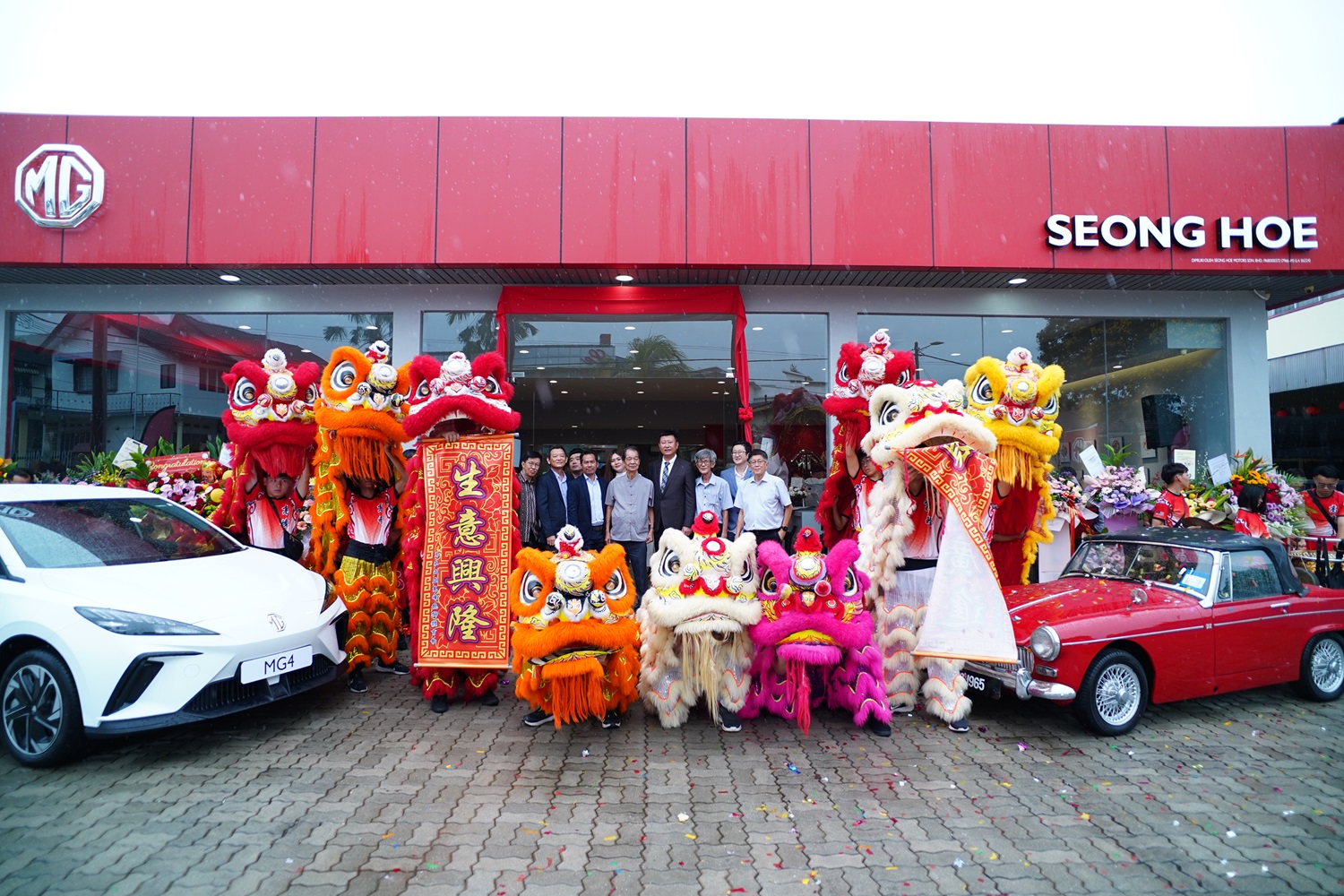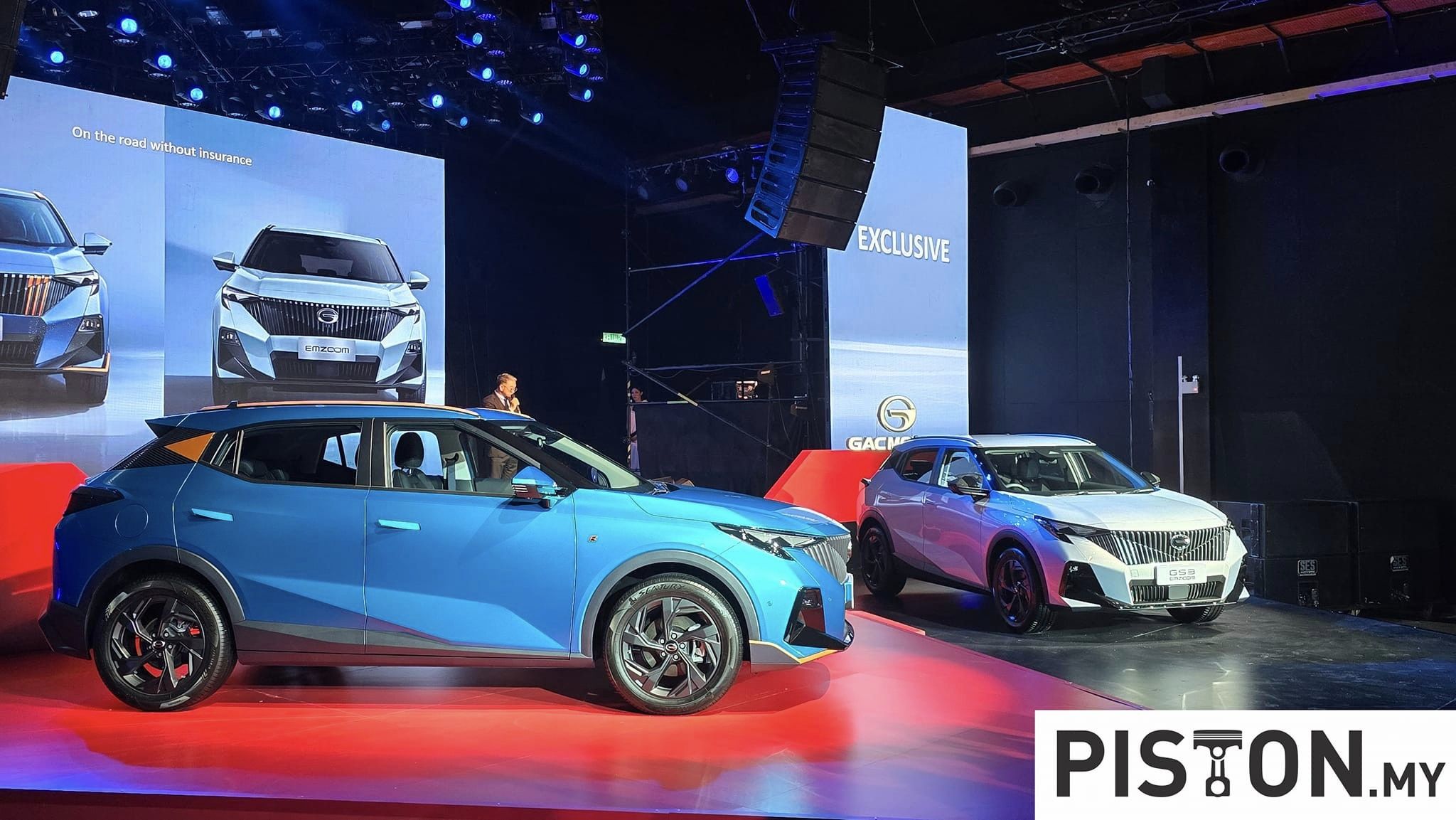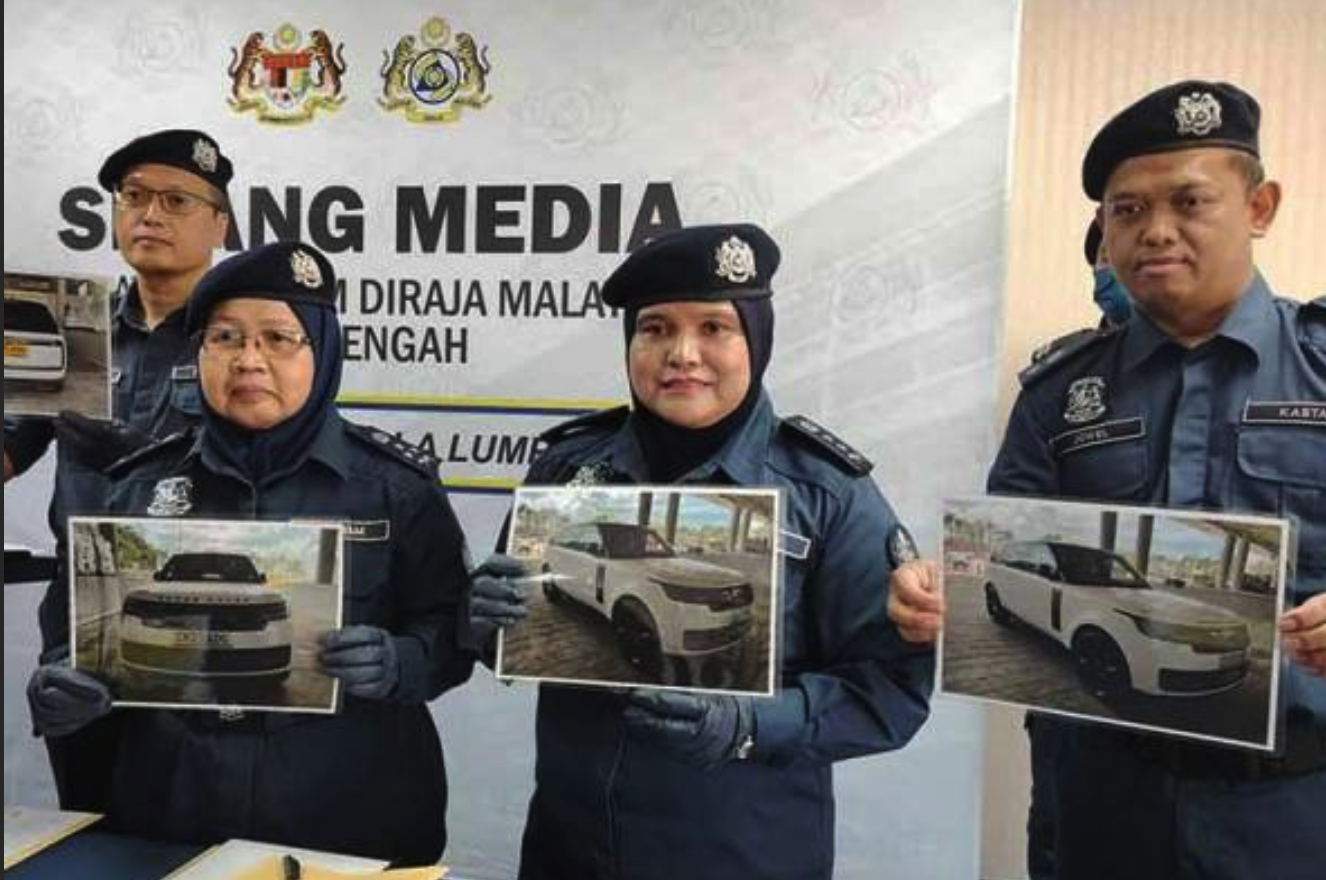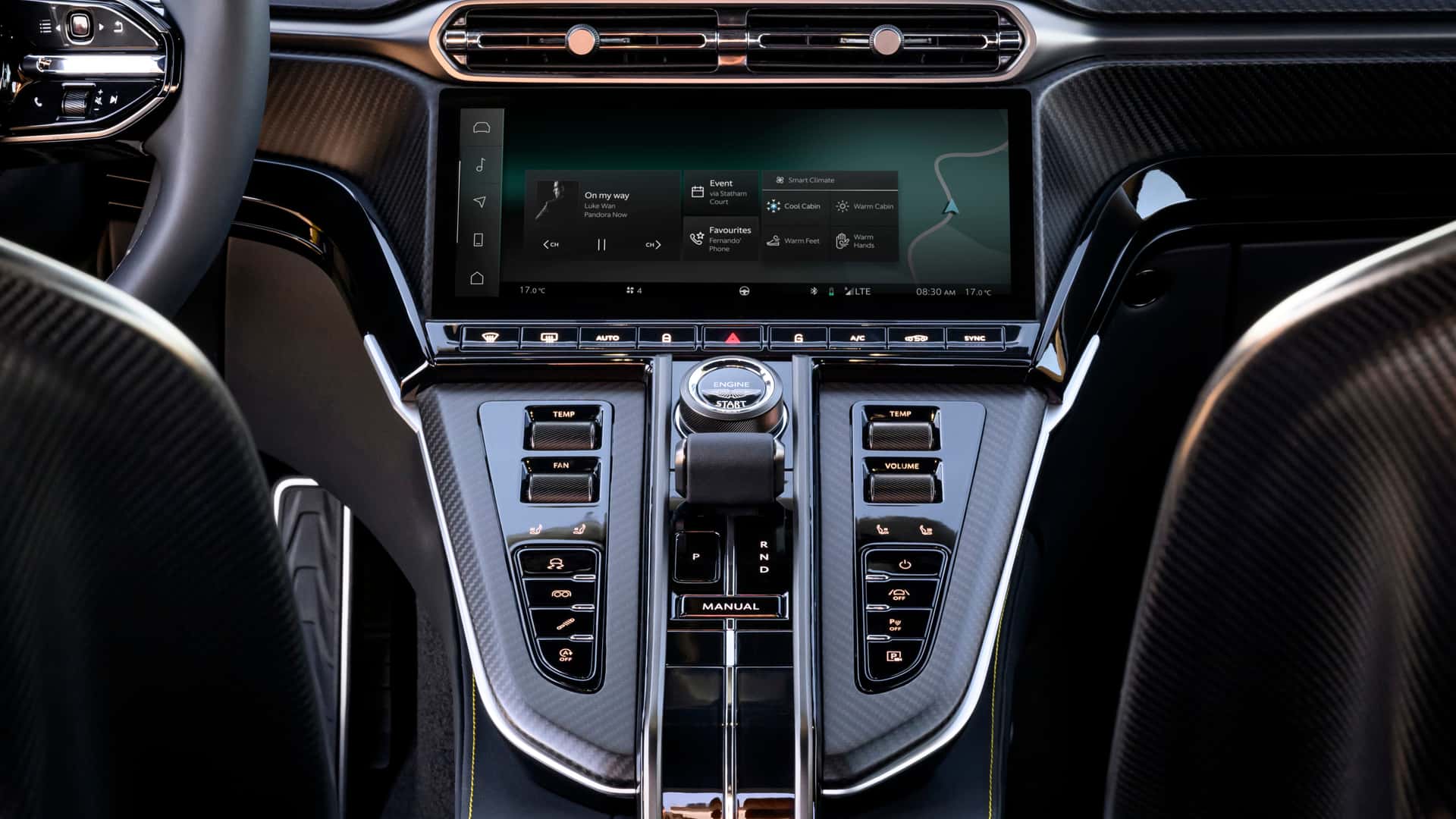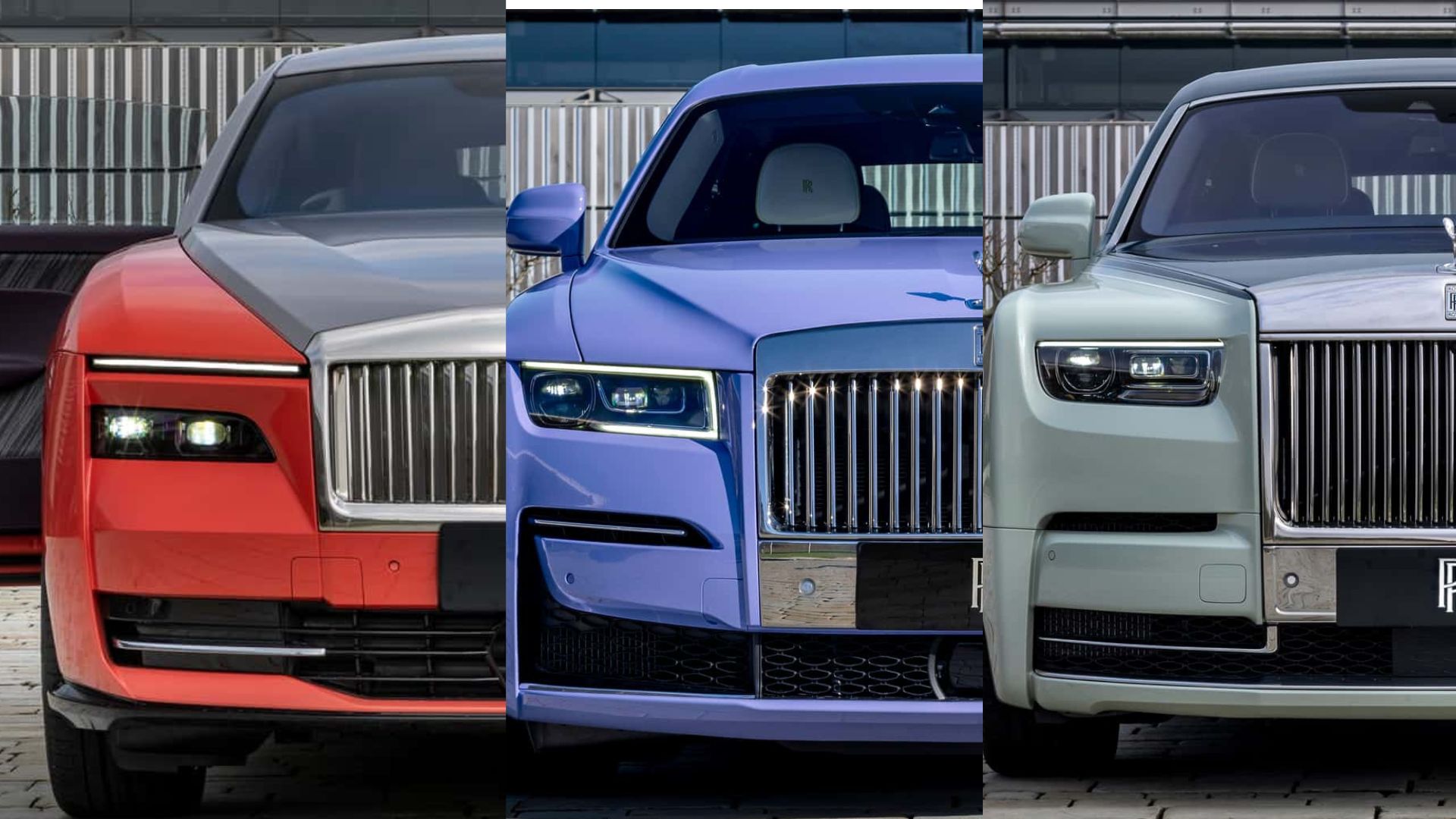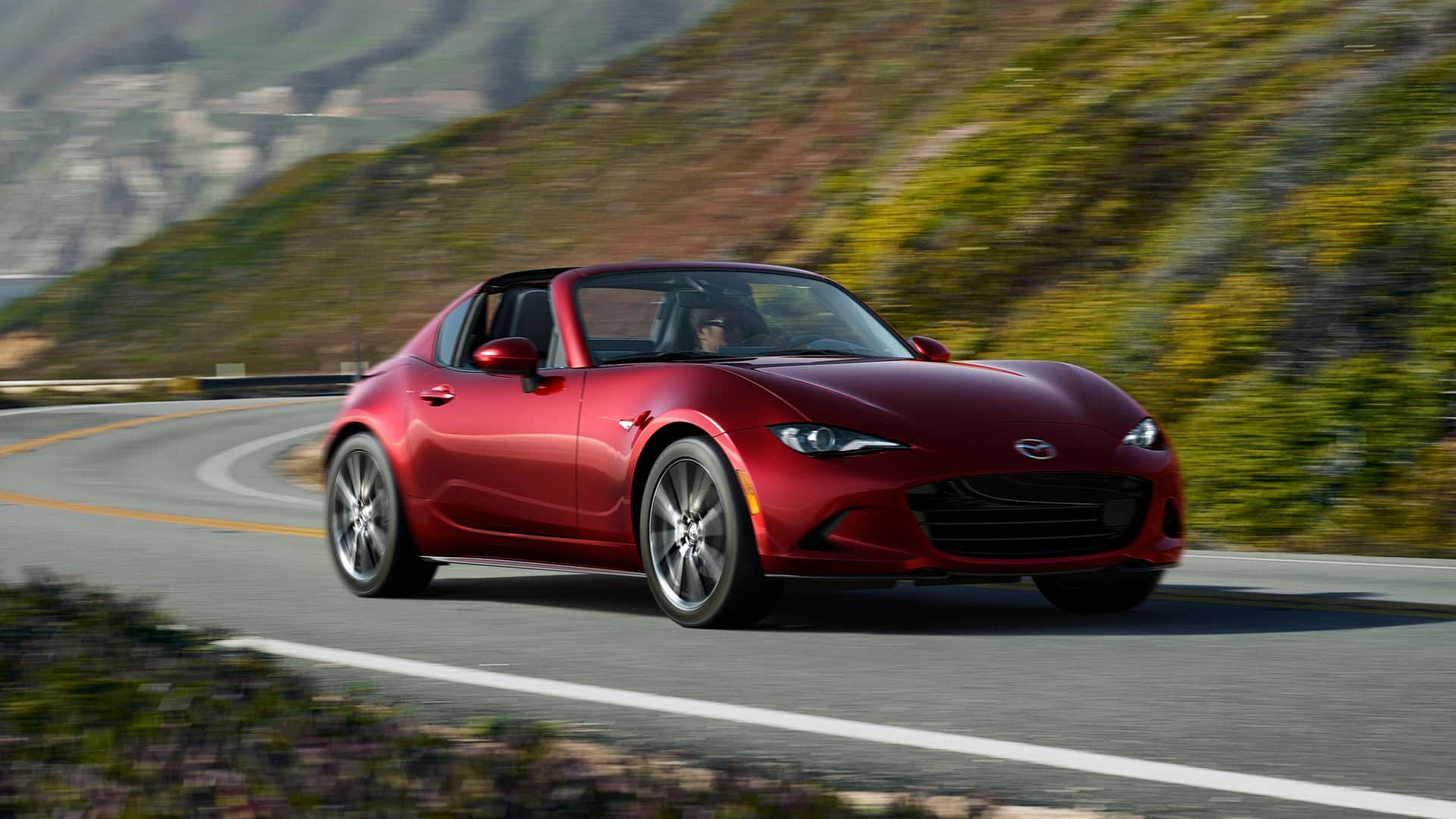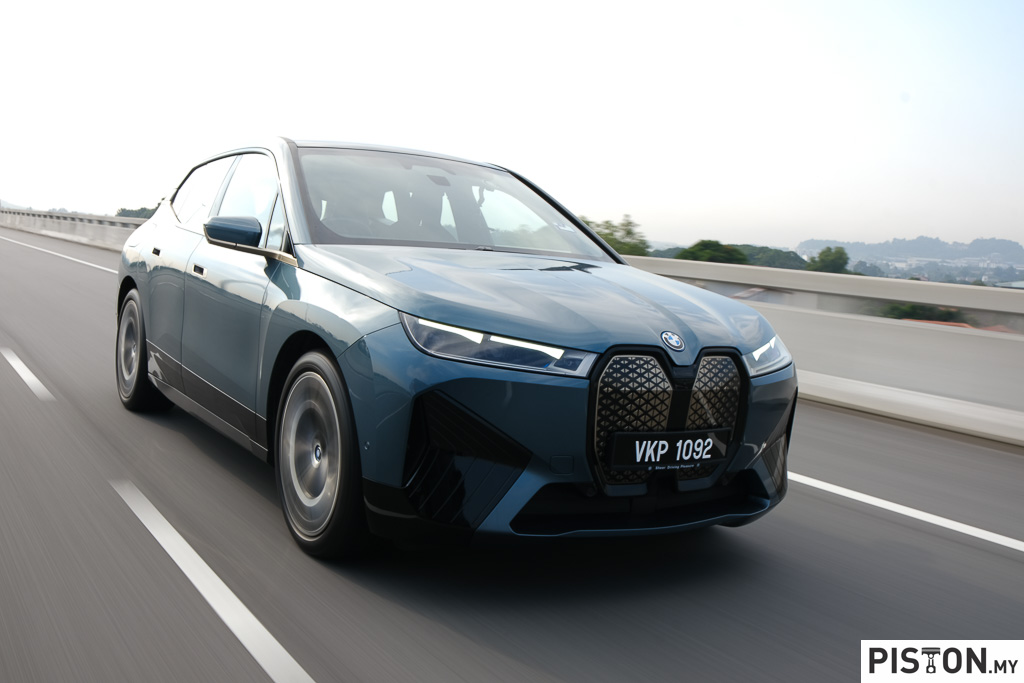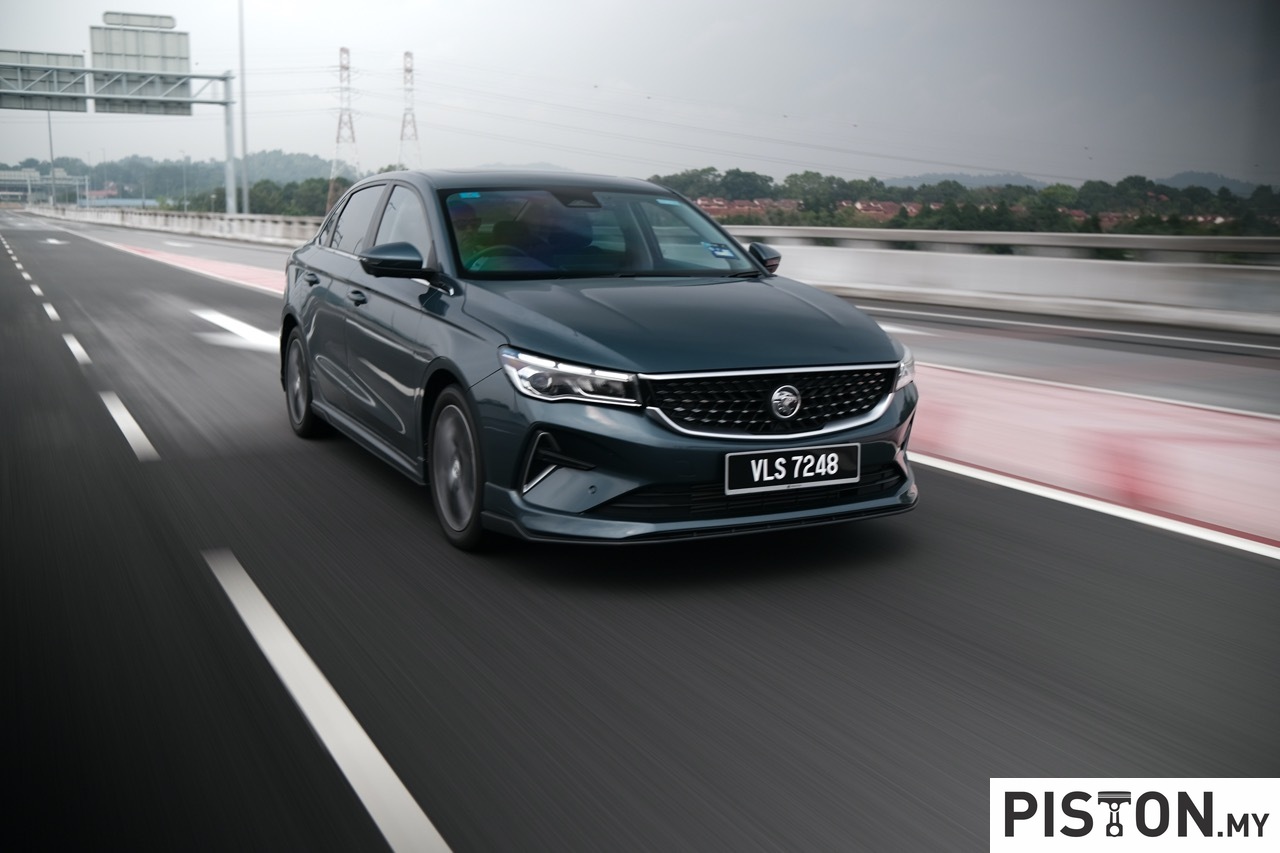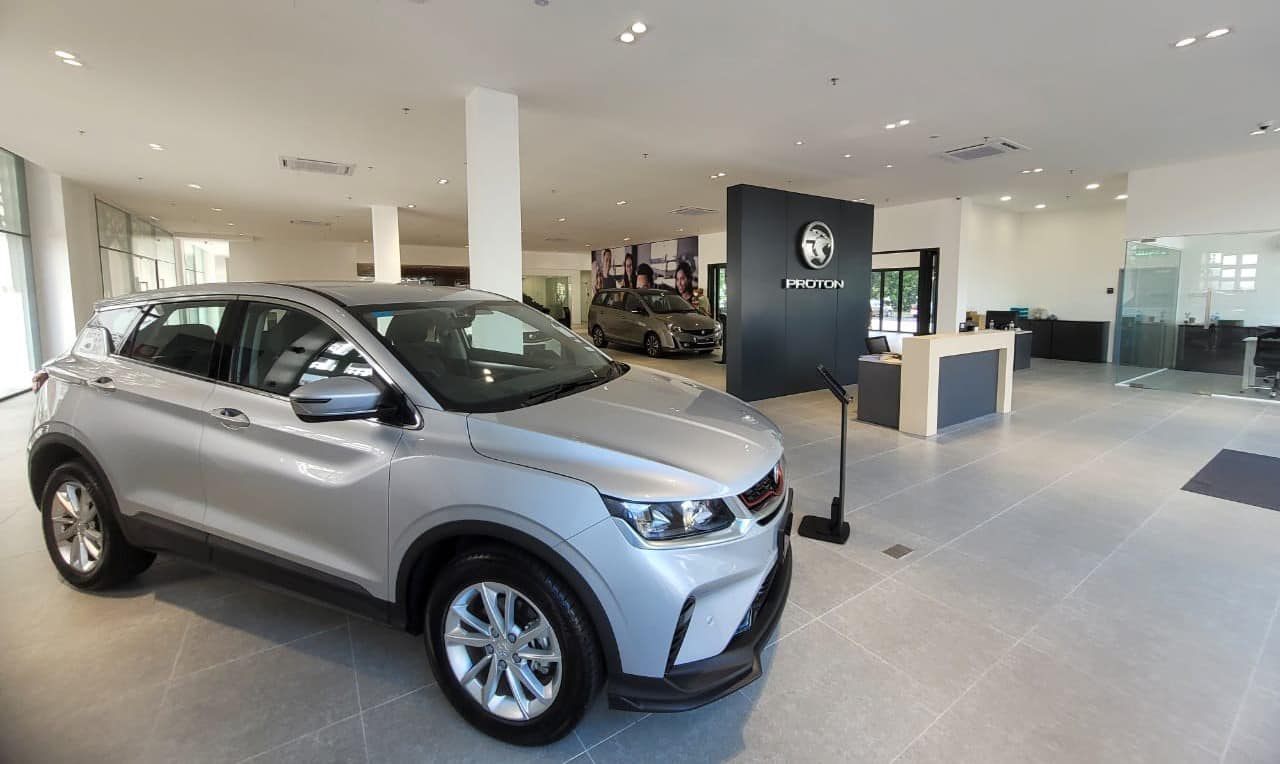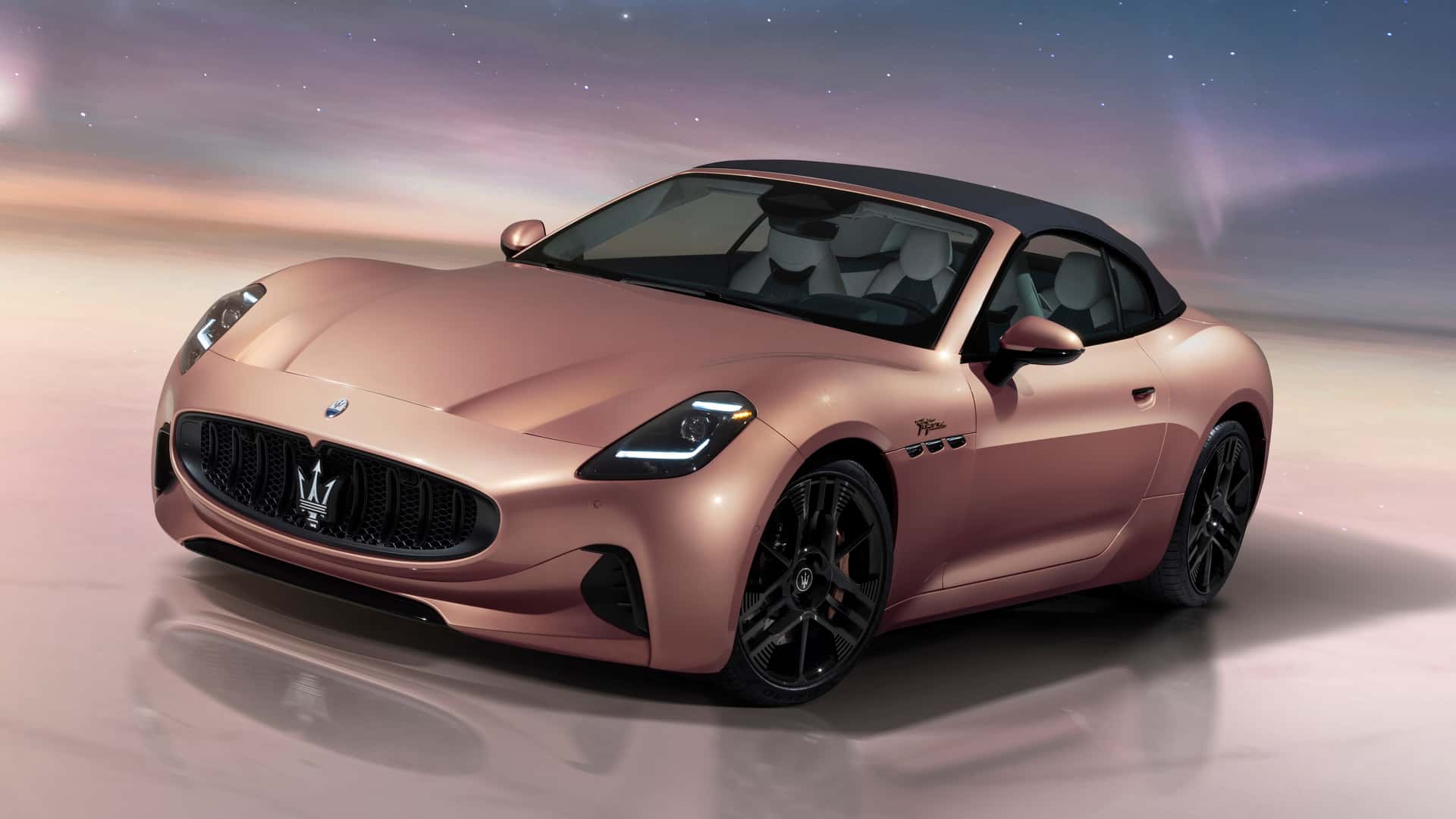Malaysians would remember SsangYong, the Korean brand which was marketed during the 2000s. Like the other Korean carmakers, SsangYong Motor had been in existence for some time before it appeared in Malaysia. SsangYong’s management saw how the other carmakers in their country had already established themselves globally, so SsangYong decided it would move a bit more upmarket than them. In the 1990s, it got Mercedes-Benz technology to use under licence from Daimler-Benz and developed a SUV as well as a large sedan and adapted a Mercedes-Benz van to sell under its own brand.
SsangYong in Malaysia
The model that did well was the Rexton SUV, which was competitively priced and well equipped. Competitive Supreme, the importers and distributors, even had the second generation Rexton II assembled locally as it showed much potential. The company also offered other models in the SsangYong range, but market conditions changed and after a run of some 17 years, sales of SsangYong ceased and the brand faded away from the local market.
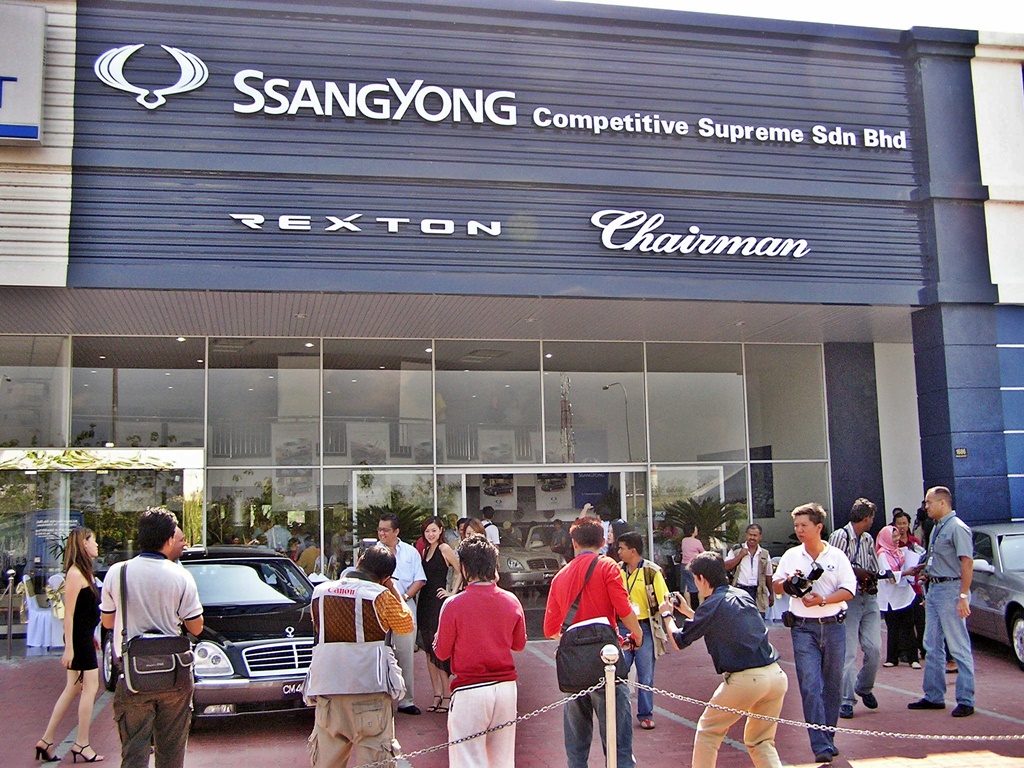
From Chinese to Indian owners
SsangYong itself went through difficult times too, and ownership changed hands a few times. China’s SAIC had it for a while and then India’s Mahindra & Mahindra acquired it for US$463.6 million in 2011. It seemed to make steady progress under Mahindra & Mahindra but in December 2020, it was revealed that the company’s debts had accumulated to US$285 million, which it could not repay and therefore had to file for bankruptcy.
SsangYong applied for the court receivership procedure which saw a private rehabilitation program that allows the company to restructure the business while it works with creditors. It is allowed to remain fully operational, business as usual. The company aims to quickly end the rehabilitation procedures and create an environment that leads to a successful M&A (merger & acquisition) by looking for a new investor that will commit to continuous future investment.
Accelerating new vehicle development
Central to its self-rescue plan is a full-scale move towards meeting the future demands of the international automotive market. This involves accelerating new vehicle development in preparation for its future (and also to show potential investors what products can be available). This will also include cost-reduction and system efficiencies achieved through production and human resources management.
The first tangible result is the announcement of SsangYong’s first electric vehicle; developed under the project name of ‘E100’, the Korando e-Motion (shown above) went into full-scale production last Monday, June 14. This is the first mid-sized electric SUV in Korea and its name was the result of a competition run within the company. Brand experts who were consulted expect the name to work well in overseas markets.
Due to restricted supplies of semi-conductors, affecting all manufacturers, the Korando e-Motion is scheduled to be shipped in August for sale in Europe and the UK later in the year. Launch plans for the domestic market will be announced as soon as the availability of semi-conductors becomes clearer.
The company has also announced that it is accelerating the development of its next EV, a medium-sized SUV under the project name ‘J100’, This model (shown in concept for in the sketches above) will be launched in 2022. SsangYong has long been associated with SUVs and it promises to offer a ‘modern, authentic SUV’.



